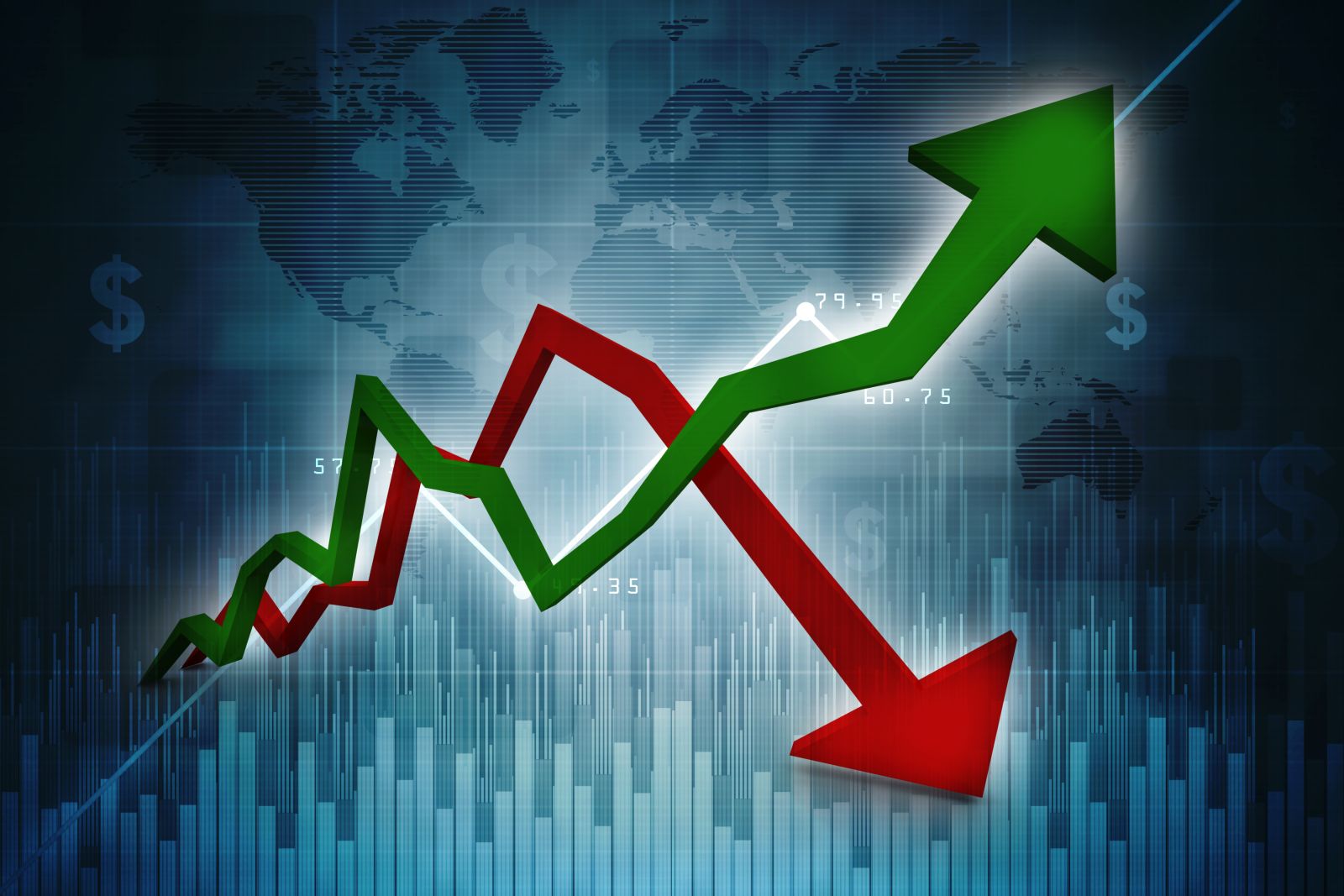
- Seasonal analysis looks at the average cyclical moves a market tends to make, a reflection of normal changes in supply and demand.
- Early August shows distillates turning more bullish while RBOB gasoline remains in a downtrend.
- The wildcard, naturally, is natural gas.

The 2024 Summer Olympics in Paris have come to an end, and as of this writing no country in the BRICS[i] alliance has invaded a neighbor, but there is still time before the next US Presidential Election. Until the next invasion occurs, possibly immediately following the debate between US candidates on September 10, we can study the combined seasonal studies for the markets in the Energies sector. Recall seasonal analysis looks at the cyclical moves markets make, based on “normal” supply and demand, with my studies based on percent changes of weekly closes only. I last talked about seasonal patterns in the Energies sector in this piece from January 8. Keep in mind seasonal analysis is a filter we use to manage risk, as mentioned in Newsom’s Market Rule #3. When it comes to seasonal analysis we also need to remember the Sacagawea Similarity that tells us, “Seasonal studies are a guide rather than market leaders”.

The market that tends to make the strongest seasonal move this time of year is distillates (heating oil, diesel fuel, jet fuel, etc.) (HOU24). This seems counterintuitive given the US is in the Dog Days of Summer, also known as August, but we can clearly see the pattern with both the 5-year (solid blue line) and 10-year (dashed blue line) patterns. Distillates tend to post a secondary low weekly close the first week of August before rallying between 9% (10-year index) and 16% (5-year index). The spot-month contract closed at $2.3185 on Friday, August 2, technically the first weekly close of August, putting the upside high weekly close target between $2.52 (10-year) and $2.69 (5-year). Are these set in stone? No. Seasonal tendencies are based on 5-year and 10-year average moves that work as a guide for us to follow, unless supply and demand changes.

The West Texas Intermediate (WTI) crude oil market (CLU24) also tends to post a modest seasonal rally this time of year. WTI tends to post a secondary low weekly close the third week of August before rallying through the first weekly close of October. On average the spot-month contract tends to gain between 3% (10-year) and 7% (5-year), again based on weekly closes only. This year, it’s possible the spot-month WTI contract posted a low weekly close of $73.52 the first week of August. If so, it fits with the normal time frame given we are dealing with averages. If the market sees a typical seasonal rally the upside target rage would be between roughly $75.70 (10-year) and $78.70 (5-year). It’s interesting to note last Friday’s close of $76.84 was a gain of 4.5% one week into the seasonal move. This reminds us that there are two units of measure at play in seasonal analysis, time and distance, with time the major focus.

RBOB gasoline (RBU24) tends to extend its seasonal downtrend during August. In fact, the move that tends to begin with the high weekly close the fourth week of May normally last through the first weekly close of December. Granted there can be a slight uptick from late August through late October, likely on spillover buying from distillates, but the seasonal trend doesn’t change. On average the spot-month contract tends to lose, through early December, between 25% (5-year) and 28% (10-year). This year’s high weekly close occurred earlier than normal with the spot-month contract at $2.8029 the second weekly close of April. The first week of August saw the spot-month contract finish at $2.3176, a drop of about 17%. This tells us the market has more time and distance to move lower after a short-term bounce. Last Friday’s close was near $2.39.

Last but certainly not least we have natural gas (NGU24). It may come as a surprise to you, as it does to me, the famed Widow Maker has a relatively clear seasonal pattern. The normal seasonal low weekly close tends to occur in early February (10-year first week, 5-year second week) with the usual seasonal high weekly close posted the last week of August. In between there is one seasonal selloff from the first week of June through the last week of that same month before the market makes it final run through August. But look at the range, for that’s where natural gas lifts up to its nickname. From early February through late August the spot-month contract tends to gain roughly 38% (5-year index) to 31% (10-year index). Following the last weekly close of August the market free falls, losing an average of 34% (5-year) to 17% (10-year).
The bottom line is, then, natural gas tends to keep the baton through the end of August, gaining between 6% and 11% during the month. It then hands off to distillates before heading lower with gasoline. From the end of this month through the end of October, distillates tend to gain 5% to 12%. Once the end of October rolls around, all markets start heading south. But that’s a discussion for another day.
[i] BRICS = Brazil/Russia/India/China/South Africa and their allies. Some members of this group remain bent on global economic and political chaos with the goal of getting puppet regimes put back in place with the next round of elections.
On the date of publication, Darin Newsom did not have (either directly or indirectly) positions in any of the securities mentioned in this article. All information and data in this article is solely for informational purposes. For more information please view the Barchart Disclosure Policy here.






